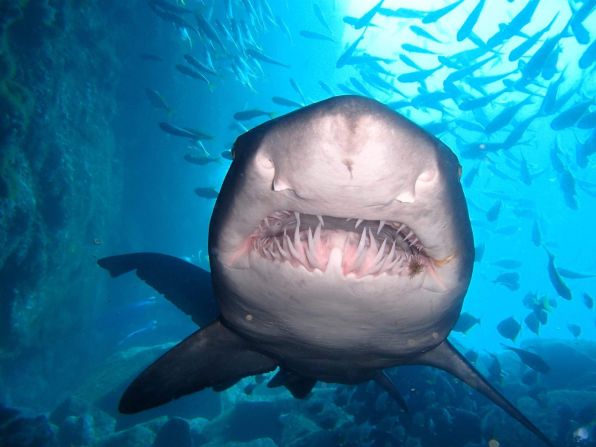
Despite their terrifying toothy grin, gray nurse sharks are mostly harmless to humans. Due to loss of habitat and overfishing, the species is in decline and listed as critically endangered by the IUCN.
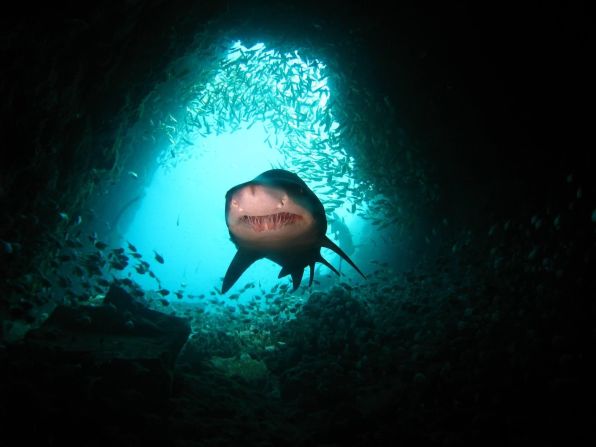
Gray nurse sharks are also known as the sand tiger shark and the spotted ragged-tooth shark.
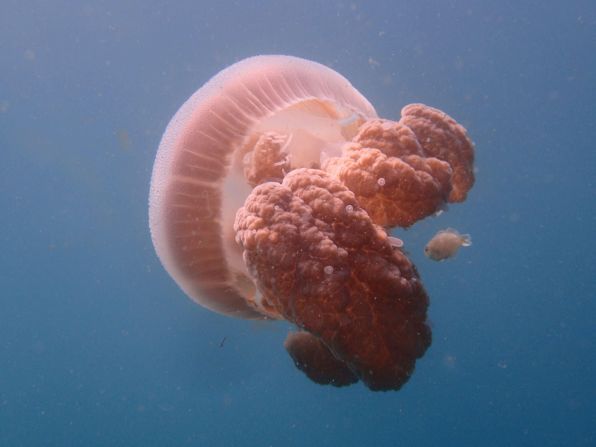
Gray nurse sharks are known to aggregate in Fish Rock, an underwater cavern in the South Pacific Ocean, north of Sydney, Australia. It has a unique ecosystem, full of corals and sponge gardens that provide shelter for many aquatic species, such as jellyfish.
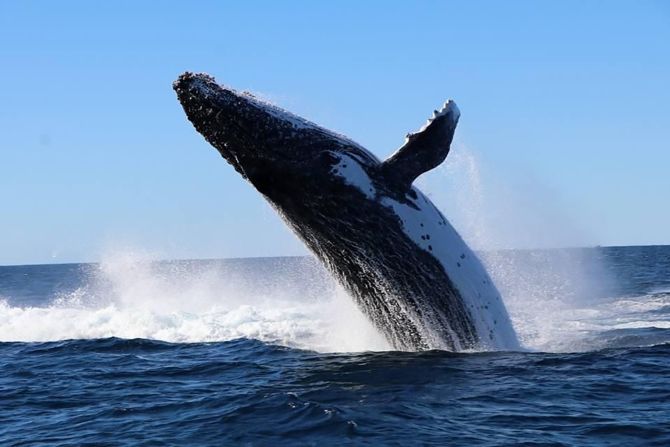
It's also on the route of annual whale migrations from May to November, occasionally serving as a whale nursery where mothers bring their calves for a rest. Pictured here is a humpback whale.
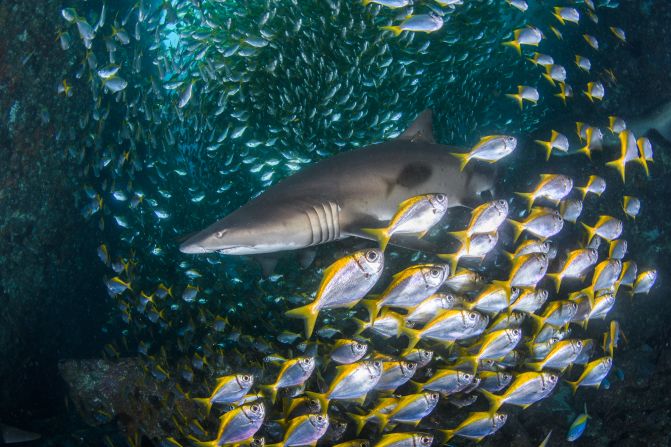
Fish Rock is a hotspot for scuba divers who plunge down to admire the biodiversity. Nicolas and Léna Remy, Sydney-based underwater photographers, often explore the cavern.
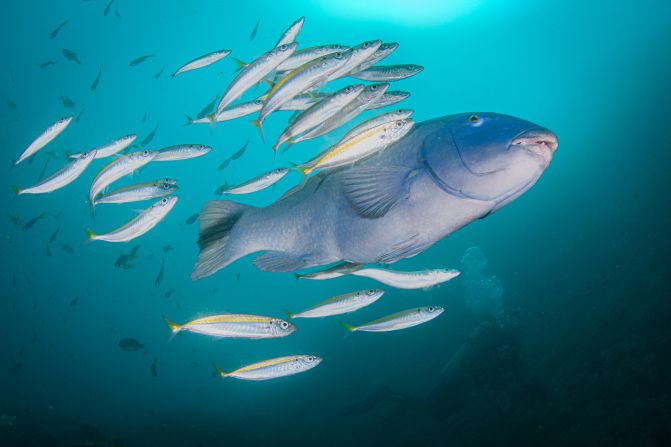
In this photo, captured by Nicolas Remy, a blue grouper fish drifts behind a diver with some friends.
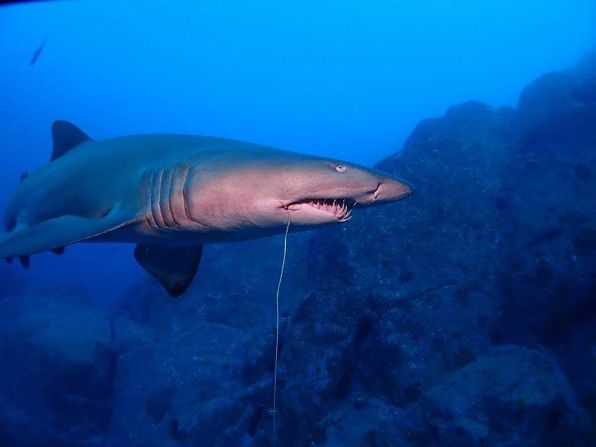
Fishing is still allowed nearby, leading to a decline in gray nurse sharks which are sometimes caught as bycatch. In this photo, a shark swims with a fishing hook and a line hanging from its mouth.
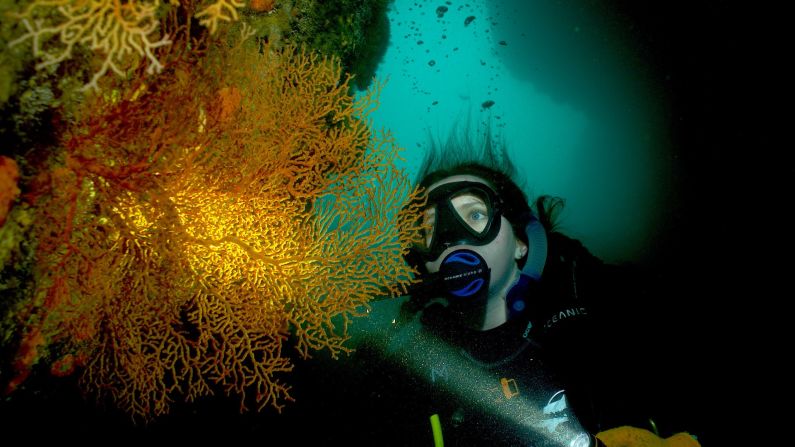
Australian teenager Shalise Leesfield is leading efforts to protect Fish Rock from further damage. She is campaigning for a no-fishing zone to be implemented, and has nominated the region as a Hope Spot, part of a program by conservation organization Mission Blue that identifies places critical to ocean health.

Leesfield is a keen diver herself and loves to explore Fish Rock. She says that swimming in the underwater cavern gives her an "adrenalin rush." Pictured here is a shiver of sharks.

Protecting Fish Rock would not only help gray nurse shark populations bounce back, but it would help to preserve the whole ecosystem from charismatic marine life to the less photogenic species, such as this family of eels.




